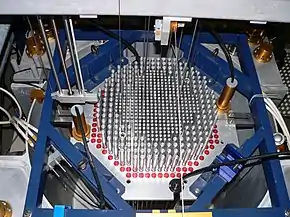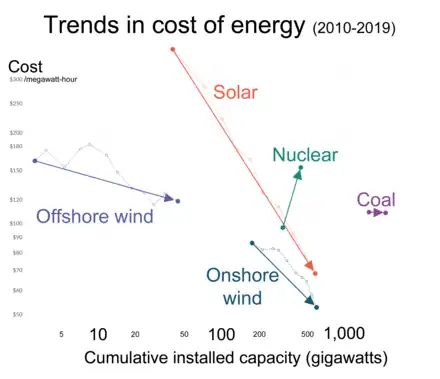The Nuclear Technology Portal
Introduction
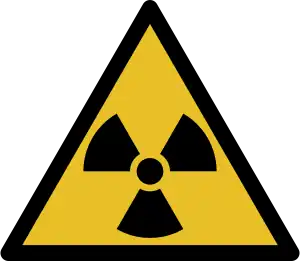
- Nuclear technology is technology that involves the nuclear reactions of atomic nuclei. Among the notable nuclear technologies are nuclear reactors, nuclear medicine and nuclear weapons. It is also used, among other things, in smoke detectors and gun sights. (Full article...)
- Nuclear power is the use of nuclear reactions to produce electricity. Nuclear power can be obtained from nuclear fission, nuclear decay and nuclear fusion reactions. Presently, the vast majority of electricity from nuclear power is produced by nuclear fission of uranium and plutonium in nuclear power plants. Nuclear decay processes are used in niche applications such as radioisotope thermoelectric generators in some space probes such as Voyager 2. Generating electricity from fusion power remains the focus of international research. (Full article...)
- A nuclear weapon is an explosive device that derives its destructive force from nuclear reactions, either fission (fission bomb) or a combination of fission and fusion reactions (thermonuclear bomb), producing a nuclear explosion. Both bomb types release large quantities of energy from relatively small amounts of matter. (Full article...)
General images -
Selected article -

The purpose of the tests was to explore increasing the yield of British nuclear weapons through boosting with lithium-6 and deuterium, and the use of a natural uranium tamper. Although a boosted fission weapon is not a hydrogen bomb, which the British Government had agreed would not be tested in Australia, the tests were connected with the British hydrogen bomb programme.
The Operation Totem tests of 1953 had been carried out at Emu Field in South Australia, but Emu Field was considered unsuitable for Operation Mosaic. A new, permanent test site was being prepared at Maralinga in South Australia, but would not be ready until September 1956. It was decided that the best option was to return to the Montebello Islands, where Operation Hurricane had been conducted in 1952. To allow the task force flagship, the tank landing ship HMS Narvik, to return to the UK and refit in time for Operation Grapple, the planned first test of a British hydrogen bomb, 15 July was set as the terminal date for Operation Mosaic. The British Government was anxious that Grapple should take place before a proposed moratorium on nuclear testing came into effect. The second test was therefore conducted under time pressure.
At the time of the Royal Commission into British nuclear tests in Australia it was claimed that the second test was of a significantly higher yield than suggested by the official figures: 98 kilotonnes of TNT (410 TJ) as compared to 60 kilotonnes of TNT (250 TJ), but this remains unsubstantiated. (Full article...)
Selected picture -
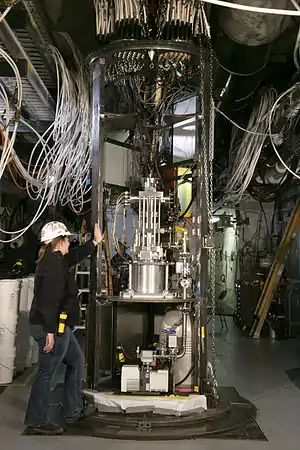
Did you know?
- ... that plutonium produced in the nuclear reactors at the Hanford Engineer Works was used in the Fat Man bomb used in the atomic bombing of Nagasaki in August 1945?
- ... that the British Tychon missile was developed from a Barnes Wallis concept to keep strike aircraft safe while dropping nuclear bombs?
- ... that campaigning by climate activist Kimiko Hirata halted plans to build 17 new coal-fired power plants following the Fukushima nuclear disaster in Japan?
- ... that before becoming a successful children's author, Myron Levoy was an engineer doing research on nuclear-powered spaceships for a mission to Mars?
- ... that under college president Arthur Bronwell in 1959, Worcester Polytechnic Institute built one of the first nuclear research reactors at an American university?
- ... that Project Ketch proposed the detonation of a 24-kiloton nuclear device in Pennsylvania to create a natural-gas storage reservoir?
Related WikiProjects
- WikiProject Energy
- WikiProject Technology
- WikiProject Military history
Things you can do
| Parts of this portal (those related to section) need to be updated. Please help update this portal to reflect recent events or newly available information. Relevant discussion may be found on the talk page. (September 2021) |
|
|
Here are some Open Tasks :
|
Selected biography -
Frank Harold Spedding (22 October 1902 – 15 December 1984) was a Canadian American chemist. He was a renowned expert on rare earth elements, and on extraction of metals from minerals. The uranium extraction process helped make it possible for the Manhattan Project to build the first atomic bombs.
A graduate of the University of Michigan and University of California, Berkeley, Spedding became an assistant professor and head of the department of physical chemistry at Iowa State College in 1937. His efforts at building up the school were so successful that he would spend the rest of his career there, becoming a professor of chemistry in 1941, a professor of physics in 1950, a professor of metallurgy in 1962, and ultimately professor emeritus in 1973. He co-founded, along with Dr. Harley Wilhelm, the Institute for Atomic Research and the Ames Laboratory of the Atomic Energy Commission, and directed the Ames Laboratory from its founding in 1947 until 1968.
Spedding developed an ion-exchange method of separating and purifying rare earth elements using ion-exchange resins, and later used ion exchange to separate isotopes of individual elements, including hundreds of grams of almost pure nitrogen-15. He published over 250 peer-reviewed papers, and held 22 patents in his own name and jointly with others. Some 88 students received their Ph.D. degree under his supervision. (Full article...)
Nuclear technology news
- 8 January 2024 – Nuclear program of Iran
- According to De Volkskrant, a Dutch engineer recruited by the General Intelligence and Security Service of the Netherlands released the malicious computer worm Stuxnet in an Iranian nuclear complex in 2007, disrupting the Iranian nuclear program for years. (NOS) (The Times)
- 26 December 2023 – Nuclear program of Iran
- The International Atomic Energy Agency says that Iran has reversed a slowdown of its enrichment of uranium, and is now enriching uranium at up to 60%, bringing the country closer to reaching the enrichment level required to make a nuclear weapon. (Reuters)
- 26 December 2023 – Fukushima nuclear accident
- The Tokyo High Court rules that TEPCO, the operator of the Fukushima nuclear power plant, will be solely responsible for compensating evacuees and reduced the amount to half the amount a lower court initially ordered, while also absolving the government of any liability. (AP)
Related portals
Related topics
Subcategories
Associated Wikimedia
The following Wikimedia Foundation sister projects provide more on this subject:
-
 Commons
Commons
Free media repository -
 Wikibooks
Wikibooks
Free textbooks and manuals -
 Wikidata
Wikidata
Free knowledge base -
 Wikinews
Wikinews
Free-content news -
 Wikiquote
Wikiquote
Collection of quotations -
 Wikisource
Wikisource
Free-content library -
 Wikiversity
Wikiversity
Free learning tools -
 Wiktionary
Wiktionary
Dictionary and thesaurus
-
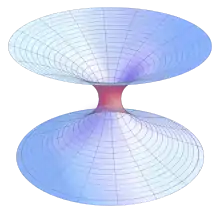 List of all portals
List of all portals -

-

-

-

-

-

-

-

-

-
 Random portal
Random portal -
 WikiProject Portals
WikiProject Portals


.jpg.webp)

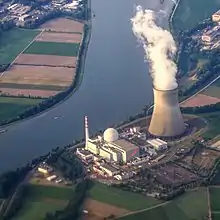
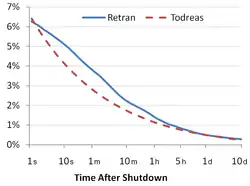
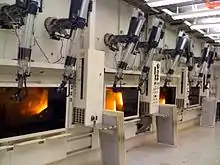
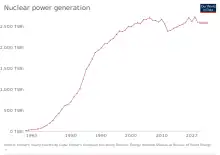
-LLNL.jpg.webp)
.jpg.webp)


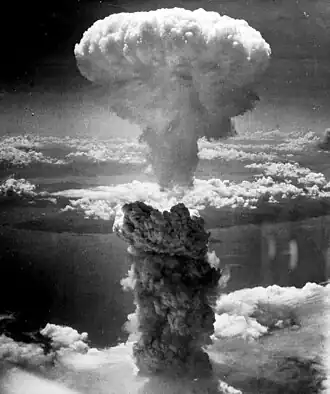
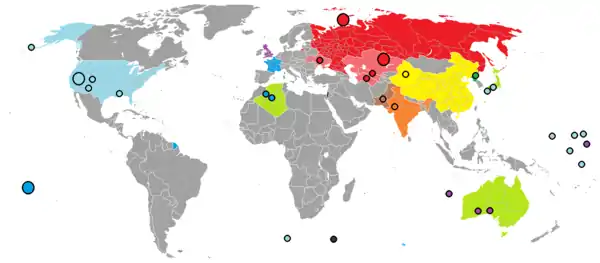

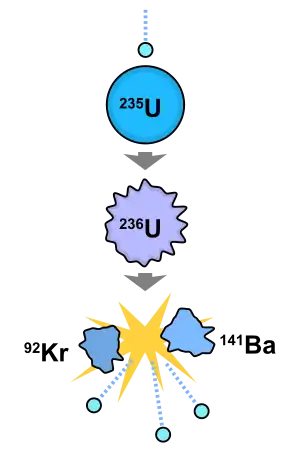
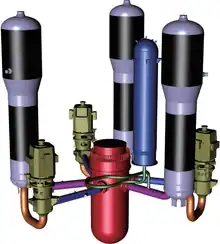
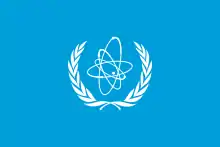



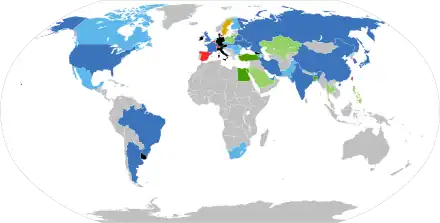
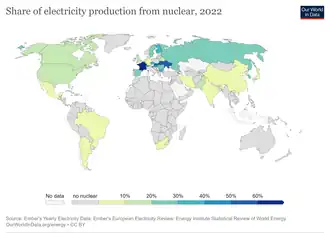
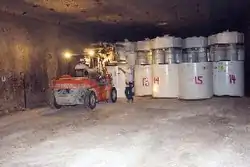


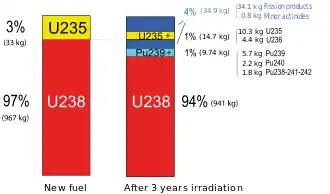

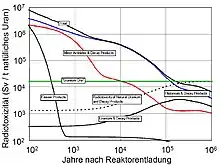
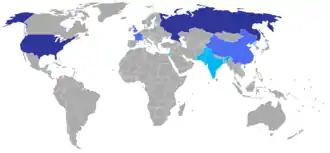




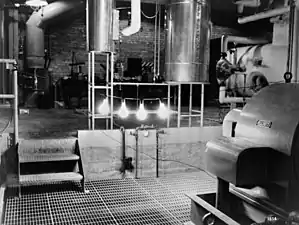
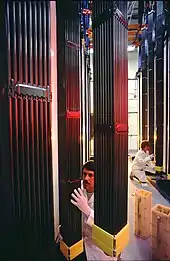
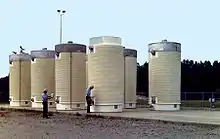
.jpg.webp)


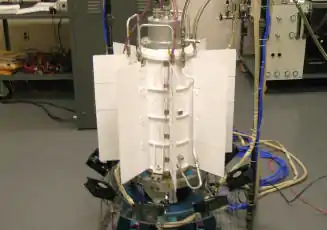



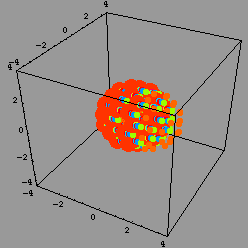
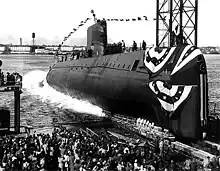
.jpg.webp)





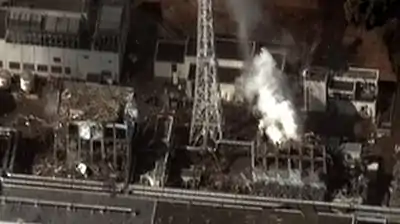
_conducts_a_fueling_at_sea_(FAS)_with_the_Nimitz-class_aircraft_carrier_USS_George_Washington_(CVN_73).jpg.webp)
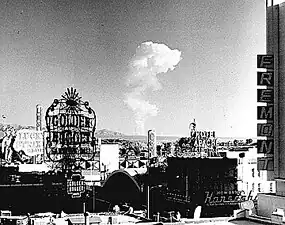
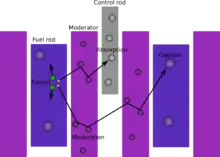


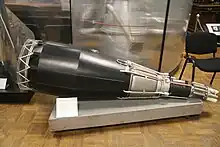

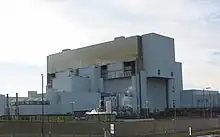
.jpg.webp)

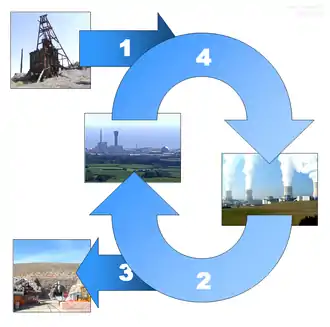
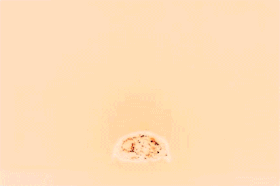

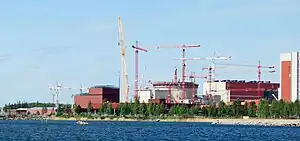
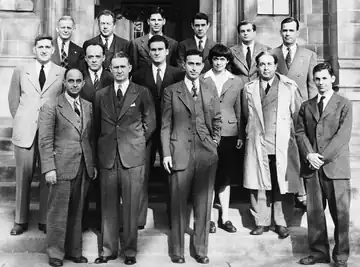

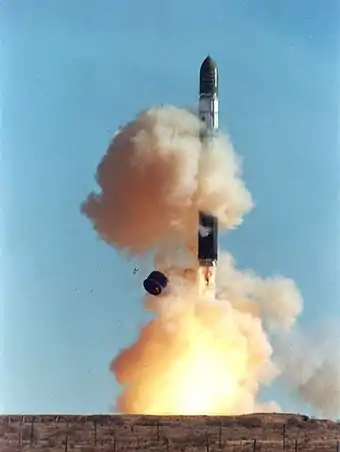
.svg.png.webp)




